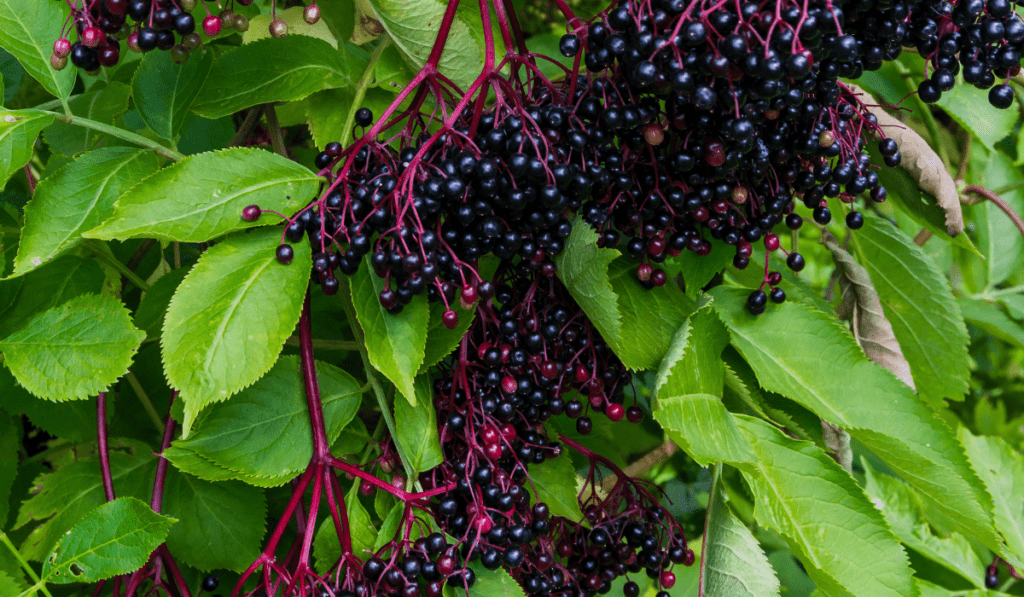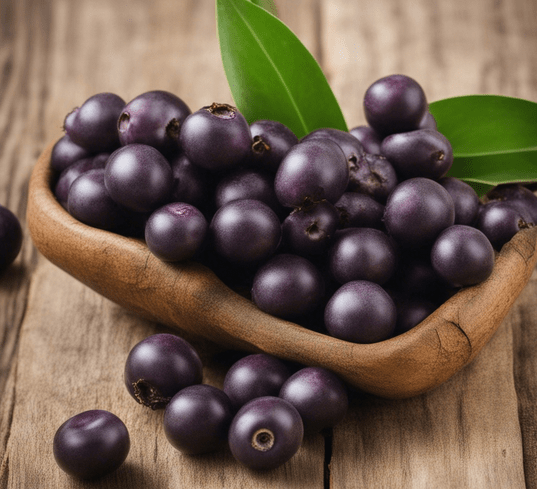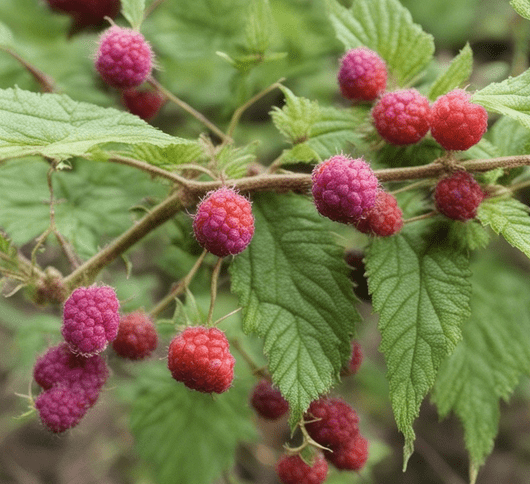Elderberries, with their dark, juicy clusters, not only make a stunning addition to your garden but also offer a myriad of health benefits. In this chapter, we’ll guide you through the step-by-step process of planting elderberries, ensuring that you create the optimal conditions for these versatile berries to thrive.
Step 1: Choosing the Right Site:
Setting the stage for a flourishing elderberry patch begins with selecting the right location. Elderberries prefer well-drained soil with a slightly acidic to neutral pH. While they can tolerate partial shade, providing them with at least six hours of sunlight daily will result in healthier plants and a more abundant harvest.
Step 2: Selecting Elderberry Varieties:
Elderberries come in various species, including Sambucus nigra and Sambucus canadensis, each with its unique characteristics. Consider your local climate, available space, and intended use (culinary or medicinal) when selecting elderberry varieties. Some cultivars are prized for their larger berries, while others may be preferred for their resilience.
Step 3: Preparing the Soil:
Elderberries thrive in fertile, well-drained soil. Before planting, enrich the soil with organic matter, such as compost, to improve fertility and drainage. Conduct a soil test to ensure the pH is within the optimal range of 5.5 to 6.5. Adjust the pH if needed to create the best conditions for elderberry growth.
Step 4: Planting Elderberry Bushes:
Elderberries are typically planted from cuttings or potted plants. The best time for planting is in late fall or early spring when the plants are dormant. Space the elderberry bushes about 5 to 10 feet apart to allow for their spreading nature.
Dig a hole large enough to accommodate the roots without bending or crowding. Place the elderberry plant in the hole, spread the roots evenly, and backfill with soil. Water thoroughly to settle the soil and eliminate air pockets.
Step 5: Providing Support:
Elderberry bushes tend to grow tall and can benefit from some support, especially if you plan to harvest the berries. Install stakes or a trellis system to keep the plants upright, making maintenance more accessible and improving air circulation.
Step 6: Watering and Mulching:
Consistent watering is essential, especially during dry periods and the growing season. Water at the base of the plants to keep the foliage dry and reduce the risk of diseases. Apply a layer of mulch around the elderberry bushes to conserve moisture, suppress weeds, and regulate soil temperature.
Conclusion:
Planting elderberries is a rewarding endeavor that not only adds beauty to your garden but also provides a source of nutritious and flavorful berries. By choosing the right site, preparing the soil, and offering proper support, you’ll set the foundation for a thriving elderberry patch. In the next chapter, we’ll explore the essential aspects of caring for your elderberry plants as they mature and begin to bear fruit.



